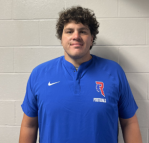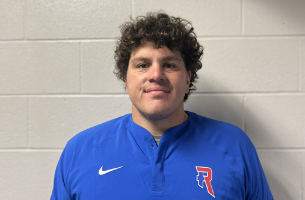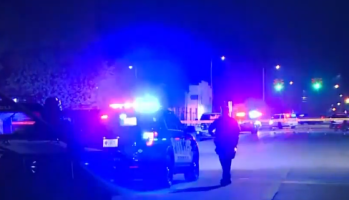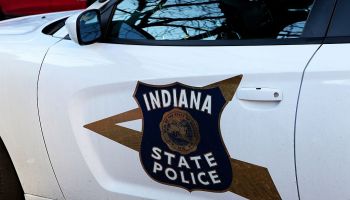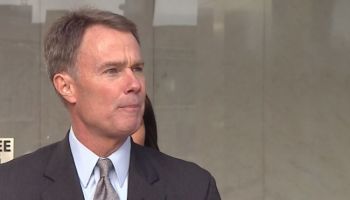(INDIANAPOLIS) — Indy’s mask order and capacity limits will remain in place even after state
restrictions go away April 6.
Marion County health director Virginia Caine says Indy’s positivity rate has plummeted, but she
says the county is still seeing 80-to-100 new cases a day. That’s two-to-three times what the
Centers for Disease Control considers a safe level for a county of Marion’s size.
And Caine and Mayor Joe Hogsett say Indy’s size is another reason to be more cautious in lifting
pandemic restrictions. Hogsett says he has no issue with Governor Holcomb’s announcement
Tuesday he’d end the statewide mask order — he says Holcomb has 92 counties to think about.
But he notes Indy has as many people as the 45 smallest counties combined, and that population
density increases the risk of rapid spread if the virus picks up steam again.
At least six counties have their own mask orders. Hogsett says he’s grateful to Holcomb for allowing local governments to assess their own situations and set their own rules.
Hogsett says it’s been exhilarating to see downtown hopping again with the NCAA men’s
basketball tournament. But with thousands of out-of-towners visiting Indy for the tourney, he says
he wants to make sure there’s not a surge after the end of the tournament and spring break.
Caine says before considering lifting the mask order or capacity limits, Indy needs to not only maintain its low positivity rate, but get the average number of cases down to 35 a day for at least two weeks, and get the vaccination rate up to 70%. It’s at 13% now, with only about half the population eligible. Once all three of those standards are met, she says she’ll analyze other factors, including the advance of more-infectious mutations. 73 cases of a British variant have been identified in Indiana so far.
Caine says she expects to see vaccinations hit 70% this summer. She’s urging people to
get the shot as soon as they can, to keep ahead of the mutations.
Hogsett says he’s not overly concerned about the prospect of spectators at the Indy 500, though
Caine says a decision still needs to be made on how much of the Speedway can be filled.
Hogsett says there’ll be more data by May on infection rates, including a final accounting of any
infections driven by the NCAA tournament. And he notes as an outdoor event, the race poses
less of a risk than indoor gatherings.


